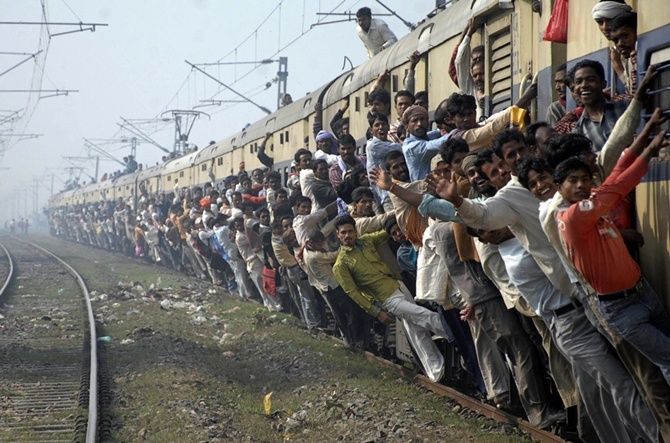 Indian Railways (IR) is gearing up for another phase of reforms through a slew of measures.
Indian Railways (IR) is gearing up for another phase of reforms through a slew of measures.
These include expanding the list of areas where foreign direct investment (FDI) will be invited, identifying at least 50 projects to be commissioned on a public-private partnership (PPP) and finalising a fiscal road map that will shape its budget formulations over the next five years. “We are adding more projects to the list of areas where 100 per cent FDI will be allowed.
The work is on in full swing to increase dialogue with the private sector,” said minister of state Manoj Sinha at an annual event.
“Also, we have selected 50-60 large-size projects to be implemented on PPP mode, with attached conditions.” He said consultations on the steps had begun between senior minister Suresh Prabhu and industry stakeholders.
The identified projects would soon be put on the ministry website, with details and deadlines for their commissioning and implementation. “So far, the interest in FDI has largely surrounded three areas – High Speed Rail (HSR), medium HSR and station development. We will add more projects to this list shortly,” Railway Board Chairman Arunendra Kumar, also present on the occasion, said in his speech.
“Call it a craze, fever or national interest but HSR is our window to the outside world.”
The Union Cabinet had in August relaxed the FDI norms to allow 100 per cent investment in projects such as HST, suburban services, dedicated freight corridors, freight and passenger terminals. The ministry has notified a list of 17 such areas, including rail route electrification, signalling systems and logistics parks.
Other areas freed for FDI include cleaning operations and mechanised laundries, construction, maintenance and operation facilities to supply non-conventional sources of energy to IR, installation and maintenance of bio-toilets in passenger trains, setting up of technical training institutes, testing facilities and laboratories and providing technological solutions to improve safety.
Kumar said the ministry was awaiting clearance from the commissioner of railway safety for the first semi-high speed line between Delhi and Agra, of the total of nine such identified routes.
“We are not just talking about locomotives as before. We are talking about HSR and station development.
This is a new focus generated in the last few months,” he said. Sinha said the road map being prepared by IR would shape its budget and finances over the next four to five years.
“Also, work has simultaneously started for preparing a vision document that will give direction to the railways' budget for the next 20 years,” he said.
The announcement for a new vision document comes even as a similar Vision 2020 document prepared under former railways minister Mamata Banerjee exists.
The earlier document, prepared in 2009, had also promised HSR as part of big-bang reforms in the key areas of capacity creation, safety and finances.












 © 2025
© 2025